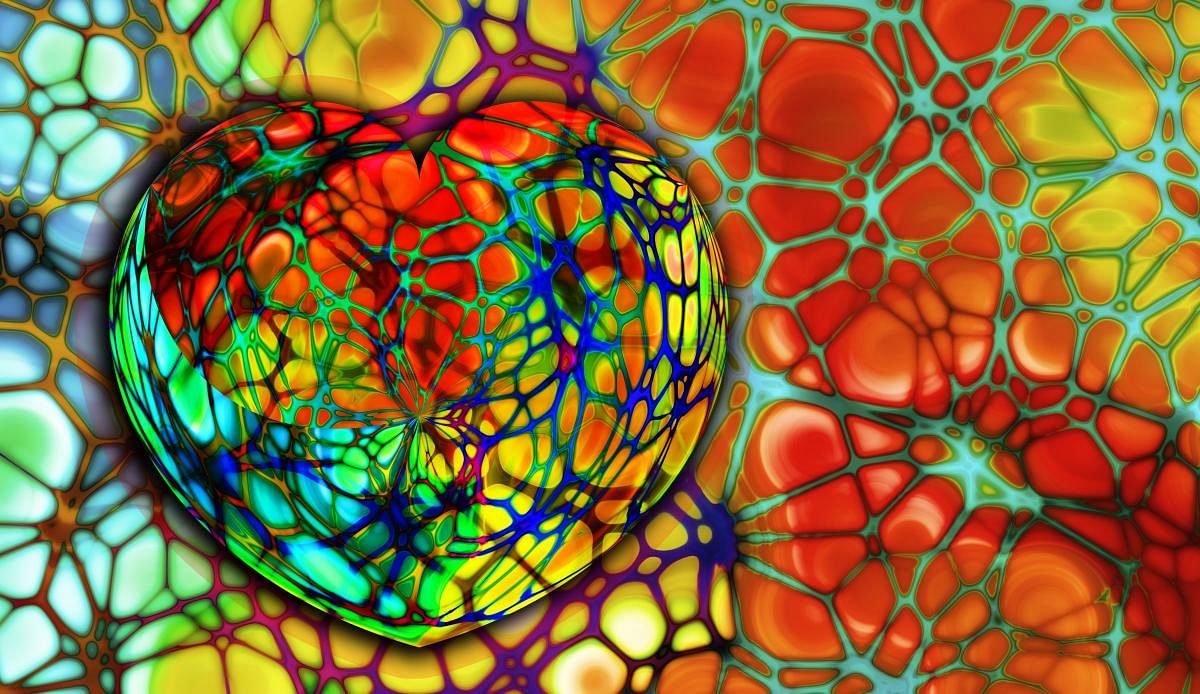
Conditions such as heart attack, cardiac arrest and heart failure, which are all cardiovascular disorders, are often misunderstood by the general population. In order to create awareness about the causes and complications caused by each, it is important to differentiate and know the underlying symptoms. Cardiovascular diseases (CVDs) are disorders of the heart and blood vessels, in which raised blood pressure is one of the most important risk factors but what is the difference between a heart attack, cardiac arrest and heart failure?
Heart attacks are the most common form of heart disease prevalent in people across age groups — in youngsters and adults. In recent years, cases of heart attacks in the younger population have gone up as a result of unhealthy lifestyle choices. Deposition of plaque in the arteries due to unhealthy consumption of food over the years is the most common cause of blockage resulting in sudden heart attacks. On the other hand, heart failure develops over a period of time due to the weakening of heart muscles and the heart’s inefficiency in pumping blood. Coronary artery disease is known to be the source of both heart attack and failure through the build-up of plaque due to poor diet choices that are full of trans fats, sugars, etc. This results in the blocking of oxygen-rich blood supply to the heart.
There is also a common misconception of equating cardiac arrest with a heart attack. It is imperative to understand that cardiac arrest is caused due to an electrical malfunction in the heart rendering it to stop beating. When the heart is unable to pump blood to other important parts of the body, a person loses consciousness and can consequentially die if not attended to immediately by a doctor. It should also be noted that cardiac arrest is a risk factor for heart attack and can occur after or during recovery as well.
The most common symptoms of heart attacks include chest pain, pain/discomfort in the upper body such as neck, jaw, arms and back, trouble in breathing, profuse sweating, etc. Heart failure symptoms, however, need to be monitored over a longer duration and can be an irregular heartbeat, shortness of breath, tiredness, confusion, etc. One doesn’t usually have a very prominent symptom before suffering from a cardiac arrest, but some signs include fatigue, dizziness, heart palpitations or chest pain.
Understanding cardiovascular diseases and their underlying causes can be an important path towards knowing your body and pre-empting any problems that could arise in the future. High blood pressure or hypertension is often a common cause of major heart conditions that arise later in life.
Latest guidelines on managing BP
Recently, the World Health Organisation (WHO) revised guidelines for hypertension management. These guidelines under the name of ‘WHO Guideline for pharmacological treatment of hypertension in adults’ focus on providing the most recent and evidence-based guidelines on managing hypertension. The recommendations include considering 130 as the systolic blood pressure to start cardiovascular medication for people with a history of or risk factors associated with CVDs and 140/90 for the rest of the patient group. The guidelines also recommend starting two-drug combination therapy instead of a single one; as evidence from multiple studies over the years has substantiated benefits derived out of two-drug therapies in the form of optimal and sustained control in hypertensive patients.
In addition to the pharmacological guidelines, it is crucial for patients to adopt healthy lifestyle choices early on in their lives, such as limiting salt intake, keeping a check on their weight, staying away from smoking and other tobacco products, adopting regular physical activity and a healthy diet plan.
While hypertension and CVDs, in general, have been impacting people around the world, in recent decades there’s been an uptick in cases of high blood pressure in low and middle-income countries. A major cause of concern in this regard has been misdiagnosis or failure in diagnosis. To tackle this issue, the adoption of home blood pressure monitors has seen a rise in the last few years. Post-Covid-19 too, due to the nature of the virus and as everyone was forced to lock themselves in their homes, home healthcare services and products saw a greater adoption amongst people. This has proven to be helpful particularly in assessing the BP numbers at all times and keeping a check on regular elevations.
Over the years, hypertension and cardiovascular diseases have seen developments in their form, diagnosis and treatments, depending on the evolving lifestyles of people around the world. Following a healthy lifestyle with a balanced diet, regular exercising and reducing stress in day to day life can go a long way in improving the overall situation of heart diseases, especially after the vulnerability that has arisen due to Covid-19.
(The author is a cardiologist & HOD in Cardiology at a Bengaluru-based medical college.)